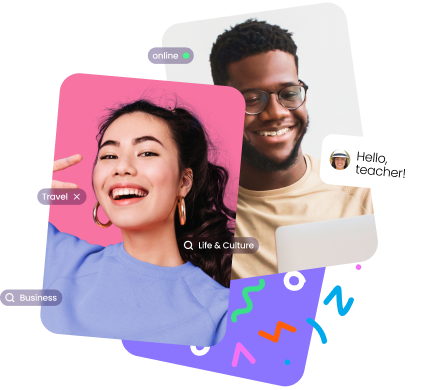Design Thinking e educação: Transformando a Educação por Meio do Design Thinking
Design thinking e educação: Discover how design thinking can revolutionize education, creating a student-centered and collaborative learning environment.
Glossário
Applying Design Thinking Principles in the Education Sector
Design thinking is a Problem-solving approach that emphasizes Empathy, creativity, and collaboration. It has gained popularity in various industries, including education. By applying design thinking principles in the education sector, educators and administrators can create innovative solutions to improve teaching and learning experiences. In this article, we will explore how design thinking can transform education and provide examples of its application in the classroom.
Understanding Design Thinking
Design thinking is a Human-centered approach that focuses on understanding user needs, defining problems, generating ideas, prototyping solutions, and testing them. It involves a series of Iterative steps that encourage continuous improvement. The key principles of design thinking include:



- Empathy: Design thinking encourages educators to put themselves in the shoes of students and understand their needs, aspirations, and challenges.
- Define: Once educators have a deep understanding of students’ needs, they can define the problem or challenge they want to address.
- Ideate: This phase involves brainstorming and generating as many ideas as possible to solve the defined problem.
- Prototype: Design thinking promotes the creation of prototypes or models to visualize and test possible solutions.
- Test: Educators evaluate the effectiveness of the prototypes by gathering feedback from students and making necessary modifications.
Applying Design Thinking in the Classroom
Design thinking can be applied in various ways in the education sector. Here are some examples:
- Redesigning Learning Spaces: By using design thinking principles, educators can transform traditional classrooms into flexible and collaborative learning spaces. They can involve students in the process of designing the classroom layout, furniture, and resources to create an engaging and conducive environment for learning.
- Developing Innovative Curriculum: Design thinking can be used to develop a curriculum that reflects the needs and interests of students. Educators can collaborate with students to co-create lessons and projects, making learning more relevant and enjoyable.
- Enhancing Student engagement: Design thinking can help educators create learning experiences that actively engage students. By incorporating hands-on activities, group work, and real-world problem-solving, educators can foster a deeper understanding of concepts and increase student motivation.
- Solving Complex Problems: Design thinking equips students with the skills to tackle complex problems. By presenting real-world challenges, educators can guide students through the process of empathizing with end-users, defining the problem, ideating potential solutions, and testing their prototypes.
Conclusion
Design thinking offers a powerful framework for promoting innovation and creativity in education. By applying its principles, educators can create an inclusive and student-centered learning environment that fosters critical thinking, collaboration, and problem-solving skills. Design thinking not only enables educators to address the individual needs of students but also empowers students to become active agents in their own learning journey. By integrating design thinking into the education sector, we can transform the way we teach and learn, ultimately preparing students for the challenges of the 21st century and beyond.



Desenvolva a sua carreira hoje mesmo! Conheça a Awari
A Awari é uma plataforma de ensino completa que conta com mentorias individuais, cursos com aulas ao vivo e suporte de carreira para você dar seu próximo passo profissional. Quer aprender mais sobre as técnicas necessárias para se tornar um profissional de relevância e sucesso?
Conheça nossos cursos e desenvolva competências essenciais com jornada personalizada, para desenvolver e evoluir seu currículo, o seu pessoal e materiais complementares desenvolvidos por especialistas no mercado!









